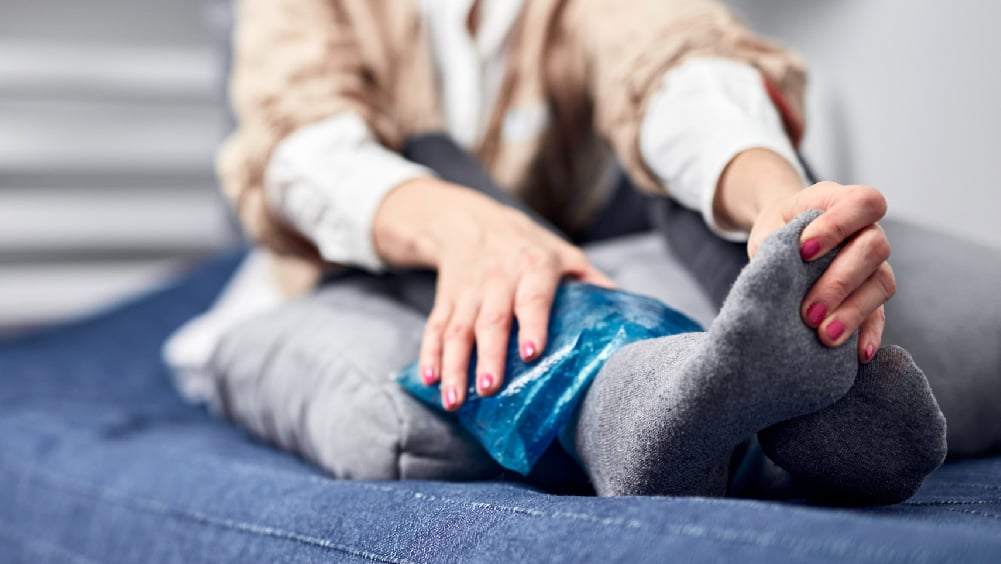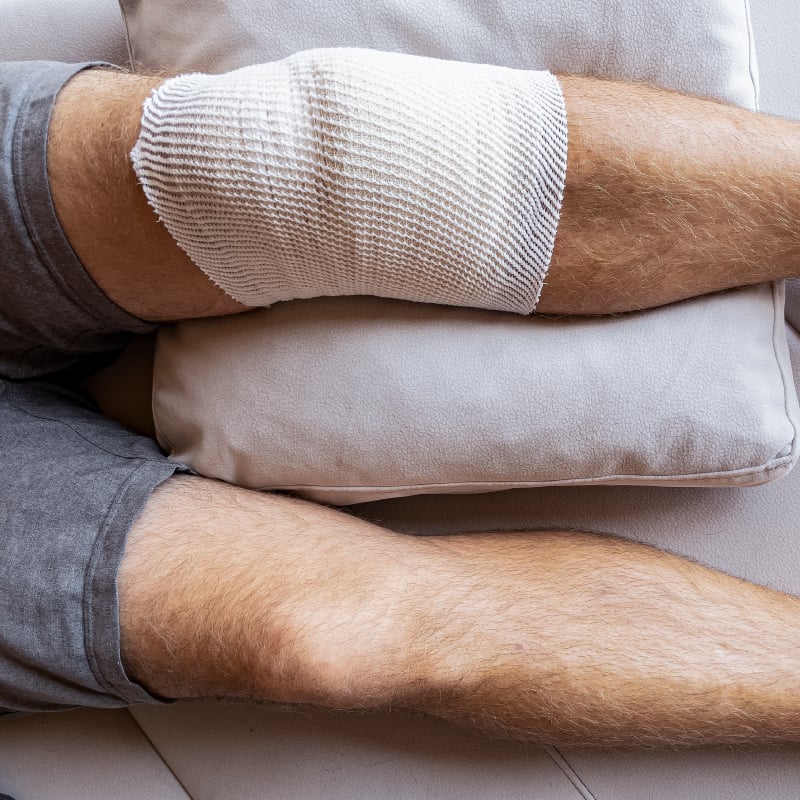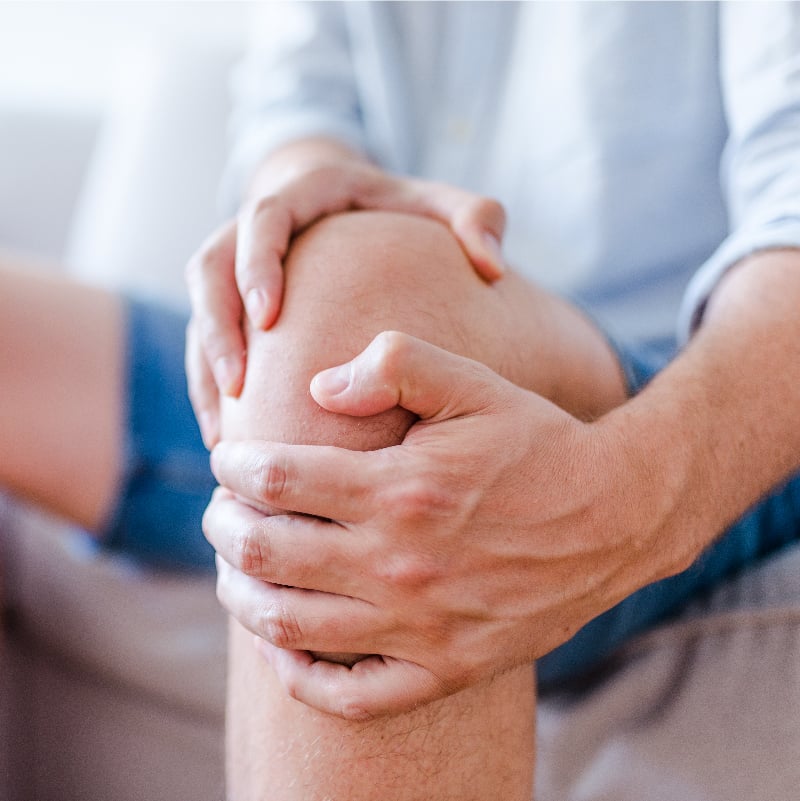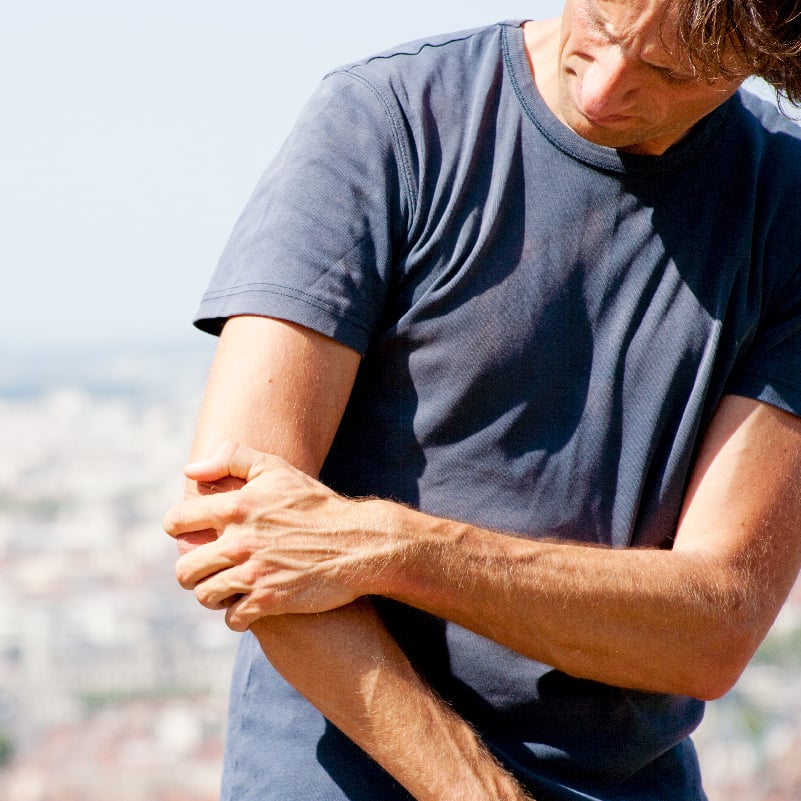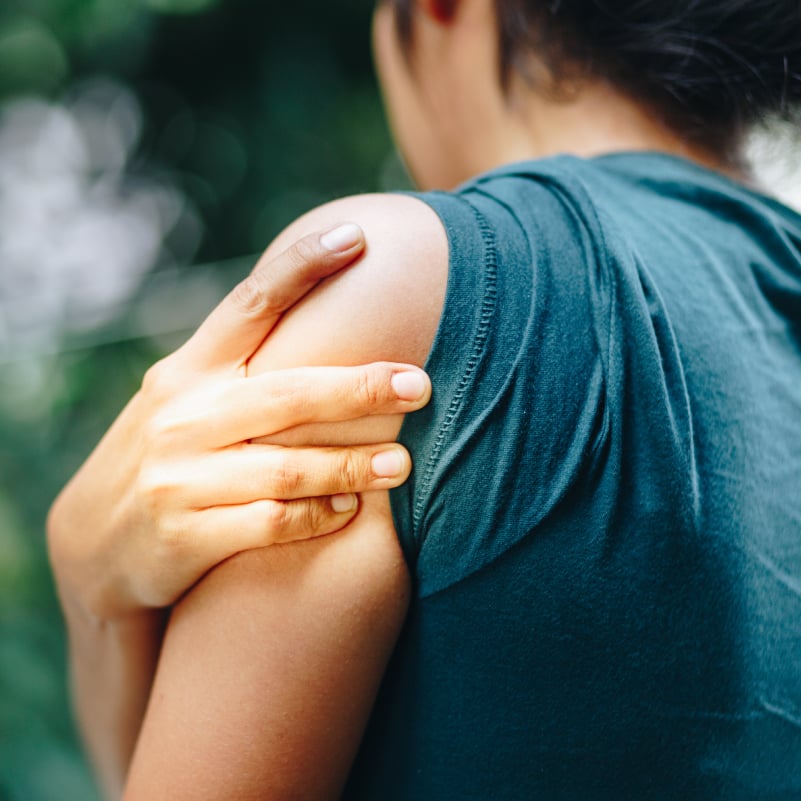Millions of people are treated for plantar fasciitis and Achilles tendinitis each year, according to the American Academy of Orthopedic Surgeons. At the same time, a Cleveland Clinic survey found 77 percent of people say they often or sometimes sit throughout the day now as compared to before the COVID-19 pandemic.
So is a more sedentary lifestyle contributing to a change in the number of patients who are being treated for foot pain with plantar fasciitis and Achilles tendinitis?
We asked Sendhan Rajamanickam, MD, an orthopedic specialist with Rochester Regional Health, about these health conditions and whether the pandemic may be influencing the number of people being referred to orthopedic providers.
Plantar fasciitis
The plantar fascia is a band of tissue running along the bottom of the foot that connects the heel bone to the toes while bolstering the arch. When this becomes inflamed, the condition is known as plantar fasciitis.
Doctors are still unsure what exactly causes the condition, but there are many factors that can raise a person’s risk, including:
- being between the ages of 40-60
- being overweight
- having repeated impacts on your feet (e.g., long-distance running)
- having a high arch
- autoimmune diseases such as rheumatoid arthritis or lupus
- having an altered gait pattern due to injury
“Plantar fasciitis is sometimes called ‘first step pain’ because of the discomfort felt when a person first begins walking in the morning,” Dr. Rajamanickam said. “Eventually the pain lessens as the day goes on, but it can also be accompanied by stiffness.”
Achilles tendinitis
Achilles tendinitis occurs when the Achilles tendon becomes inflamed. The Achilles tendon is the thickest tendon in the human body. It is a strong, fibrous cord that connects the calf muscles to the heel bone. The tendon stretches from about the middle of the calf down to the top of the heel.
Inflammation with the Achilles tendon can happen in two areas: where the tendon inserts into the heel bone (insertional) and just above where the tendon inserts into the bone (non-insertional). Insertional Achilles tendinitis is easier to treat than non-insertional Achilles tendinitis.
Some of the reasons for inflammation along the tendon may include:
- continuous high-impact sports (e.g., running, soccer, basketball)
- Haglund’s bump – an enlargement on the bone on the back of the heel that irritates the underside of the tendon
- sudden increases in amount or duration of intense physical activity
“People with Achilles tendinitis will often see swelling along the tendon or back of the heel,” Dr. Rajamanickam said. “They will also likely feel pain in those same areas and have a more limited range of motion.”
Is there a pandemic bump?
Despite reports of increased referrals elsewhere in the U.S., this is not true everywhere when it comes to patients being sent to orthopedic specialists for foot pain.
Approximately the same number of patients for plantar fasciitis and Achilles tendinitis are being referred to Dr. Rajamanickam’s practice as before the start of the COVID-19 pandemic.
Treatment and prevention
Orthopedic specialists will recommend different therapies and treatment options for plantar fasciitis and Achilles tendinitis. However, there are two recommendations that both conditions share: reducing your weight and transitioning to lower-impact activities.
“Finding ways to lose weight may lessen the stress on your body,” Dr. Rajamanickam said. “Changing your physical activity from high-impact to lower-impact activities or sports can lessen the stress on your feet.”
For plantar fasciitis, there are several options for remedies and treatments:
Good quality shoes: Seeing wear on the sole of your shoes is a good indication that you should change to a new pair. This can give you more support and reduce the strain on your arches.
No smoking: There is not a relationship between plantar fasciitis and smoking, but if you need a medical intervention, smoking reduces the chances of that intervention working.
Footwear accessories: Inserting items such as arch supports or heel cups, or wearing night splints can help to ease pain and cushion the heel.
People diagnosed with Achilles tendinitis are referred to other therapies:
Rest: Dialing back your overall level of physical activity gives your body time to heal and reduce inflammation on its own. While other treatments are sometimes needed, this is a good first step to take.
Icing: Using ice as needed can help to reduce inflammation and lessen the pain felt along the Achilles tendon. Place the ice on the tendon for 20 minutes, then remove it and rest for 20 minutes.
Physical therapy: Visiting a physical therapist or sports medicine specialist can be beneficial in many ways. They can suggest stretches or exercises to help, along with short-term treatments such as needling, shock therapy, cortisol injections, or PRP injections.
“No matter which type of treatment you are seeking, we are ready to give you the information and support you need to get you back on your feet as soon as you are healthy,” Dr. Rajamanickam said.

